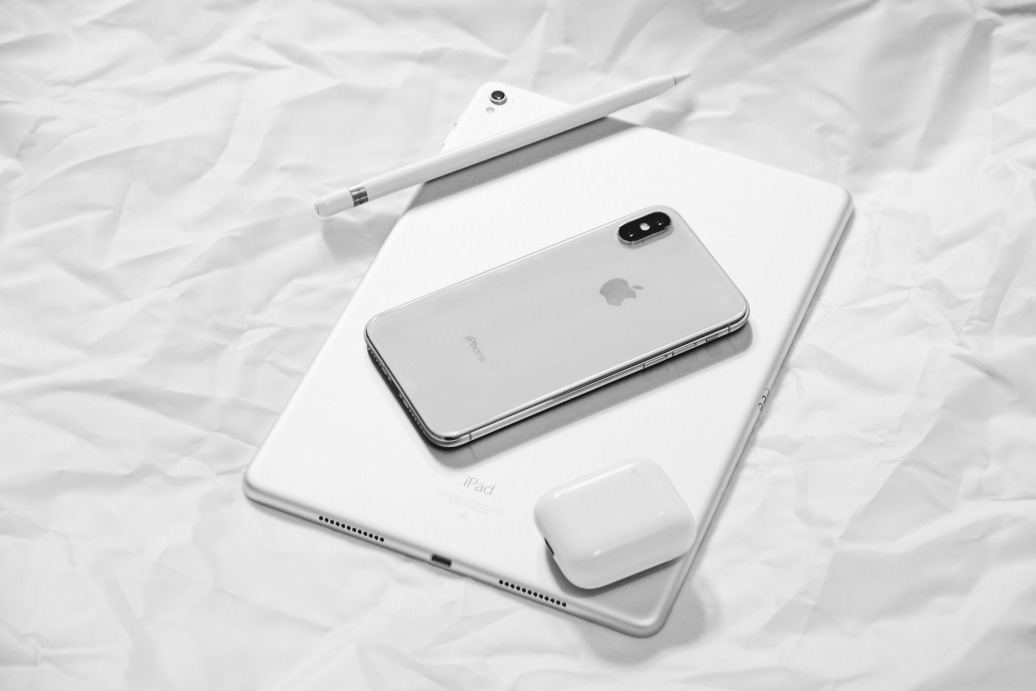Okay, so it’s March. Black Friday and holiday shopping aren’t high atop most people’s priority lists right now. But… this is the time of year when businesses are getting their e-commerce operation in order to test its robustness for the arguably expanding holiday shopping season. It’s beginning earlier and earlier every year, and with people shopping on more devices than ever, meeting peak demand becomes more challenging all the time.
E-commerce companies and retailers for whom online shopping is a big component of their annual sales already know that Black Friday and the period immediately preceding and following it are make-or-break sales days. They also have seen and capitalized on the trend to extend shopping periods and sales not just over the course of days but over the full complement of devices. Mobility is not just important to consumers - it’s expected.
The mobile: soon our favored shopping and decision-making device
Comscore revealed that internet use on mobile devices exceeded the desktop for the first time in 2014. Furthermore, mobile web traffic was nearly double that of desktop during the peak holiday shopping period. Even with this growth in mobile traffic, actual conversions/transactions still frequently happened on a desktop. In 2015, many analysts posited that smartphones in particular started to hold their own in the Black Friday shopping arena, pulling in record-value shopping carts and, at least in certain parts of the day, driving one in three sales.
It’s also not exclusively a Black Friday thing any more. IBM’s 2013 Black Friday report indicated that mobile sales exceeded 25% of total online sales on Thanksgiving Day itself (imagine, if you will, being happily satisfied by your Thanksgiving meal, taking a little power nap and then checking out some early shopping bargains on your mobile). Bottom line: the peak shopping period does not wait until Friday, and the peak is beginning more and more frequently on mobile devices first, in many cases because push notifications and retail app installations send users reasons and create urgency to shop right away.
Staying ahead of the user experience
What does this mean for e-commerce retailers? Many of the concerns for mobile are the same as for desktop shopping - ensuring that product and inventory information is up-to-date and that the site doesn’t crash or deliver sluggish results are basics. It comes down to user experience, user experience and … user experience. Consumer expectation is that their experience on mobile will be better than or equal to their desktop experience, which means that you have special considerations to ensure the responsiveness required.
Three points warrant additional attention for mobile-specific shopping:
- Optimize website for mobile: Can the consumer see what they want and easily get the information needed? Is the search function easy to use? Is the site easy to navigate? The consumer needs to find what they want quickly or they will move on. Mobile device detection can help ensure that the visitor to your site experiences the optimal experience for their device. Research shows that consumers often conduct much of their pre-purchase research on mobile and eventually “pull the trigger” later on desktop. This process (research, search, saving items for later, shopping cart functionality) should be seamless and carry over across devices to facilitate easier purchasing follow-through.
- Optimize website for performance (on mobile and otherwise): Performance/speed of your site overall and particularly of page loads is important for your e-commerce site regardless of whether you’re preparing for desktop or mobile users. Mobile users, by definition, though, are often on-the-go and less likely to wait around for results to appear. Make sure your site performs equally well on all platforms.
- Optimize website for purchases: If a consumer is ready to make a purchase and has gone through the whole purchasing journey and gets to the end and encounters trouble, they are not going to follow through. Seven out of ten people abandon shopping carts online even when they are not encountering hiccups in the payment process. Don’t make this last step the misstep in the buying cycle.
If you’re ready to learn more about how Varnish can help with some of these issues and help you get ready for the growing number of mobile purchases coming to your site, join us for a live webinar, "How to optimize your e-commerce website for online shoppers & conversion", April 19, 2018 at 4pm CEST / 10am EDT.
/VS-logo-2020-197x60.png?width=136&height=60&name=VS-logo-2020-197x60.png)

